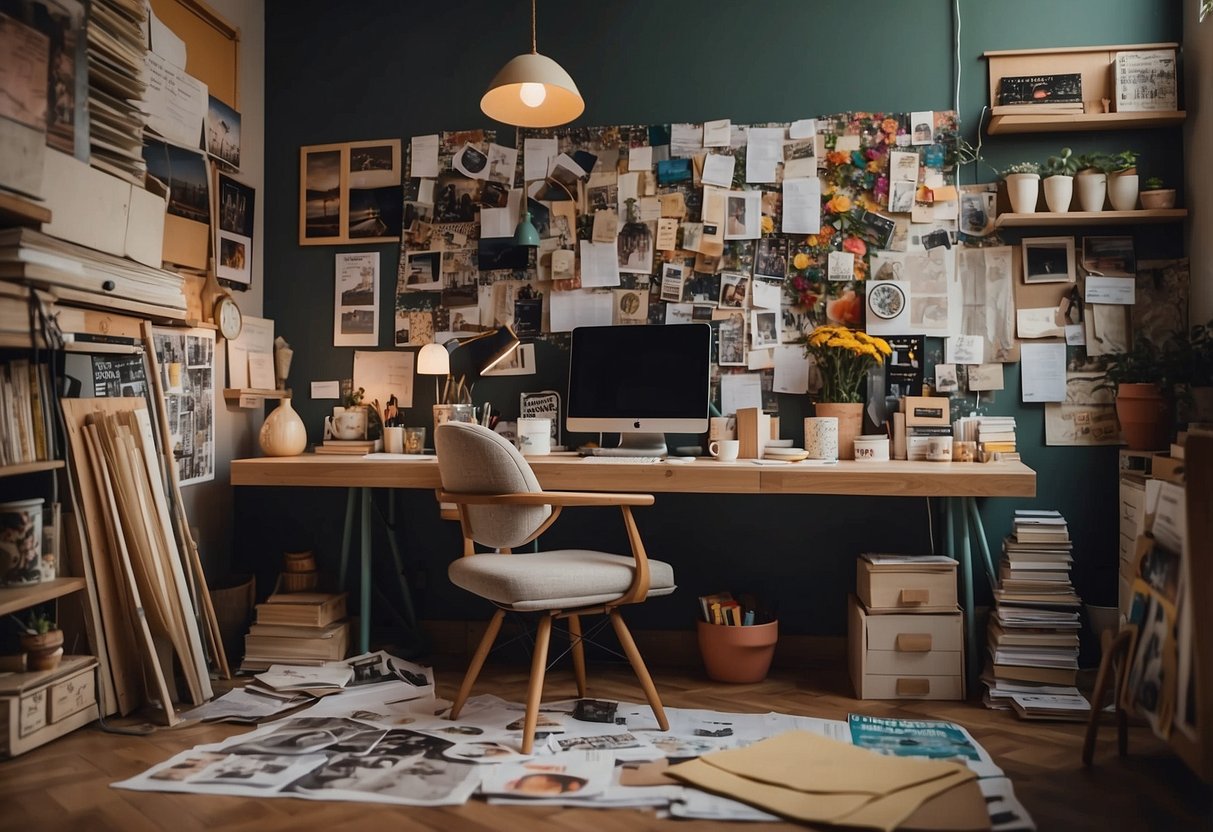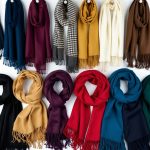
The Role of Fashion Industry
The fashion industry significantly influences individual style, impacting choices through trends and varying styles. Consumers navigate a landscape shaped by these elements.
Following Fashion Trends
Fashion trends serve as a guide for many, offering a collective style roadmap. Designers and brands introduce seasonal collections that reflect current tastes. These trends often emerge from cultural shifts, technological advancements, and key fashion events. By observing these changes, individuals find inspiration that fits their personal aesthetic.
Social media platforms also accelerate the spread of trends. Influencers and celebrities showcase new styles, further amplifying trends’ reach. However, blindly following trends can result in a loss of individual identity. Therefore, it is essential to balance current trends with personal preferences to maintain a unique style.
Differentiating Fashion Styles
Fashion encompasses a wide range of styles, each catering to different tastes and preferences. Classic styles prioritize timeless pieces that remain relevant regardless of trends. Contemporary styles focus on modern and innovative designs that reflect current sensibilities. Vintage styles revive past fashion, appealing to those who appreciate nostalgia.
Each style offers unique elements that help individuals express their personality. Understanding various fashion styles allows one to selectively incorporate aspects into their wardrobe, leading to a more defined and authentic look. The fashion industry provides a diverse palette, enabling creativity and personal expression through clothing choices.
Investing in Personal Style
Making thoughtful financial decisions and prioritizing sustainability can significantly elevate your personal style.
Balancing Budget and Style
Finding the right balance between budget constraints and staying fashionable is crucial. High quality doesn’t always mean high price. Searching for sales, opting for timeless pieces, and exploring thrift stores can yield remarkable finds without breaking the bank.
Consider setting aside a portion of your budget for foundational wardrobe pieces that can be mixed and matched with trendier items. This approach ensures your attire remains current yet cost-effective.
Following fashion influencers and blogs can provide inspiration while also highlighting affordable options. Investing in statement pieces that reflect your unique style can be enriching without necessitating extravagant spending.
Making Sustainable Fashion Choices
Incorporating sustainable fashion choices into your wardrobe is both environmentally responsible and stylish. Opting for brands that emphasize ethical production practices can make a significant impact. Look for clothing made from organic or recycled materials and ensure the production process is transparent.
Secondhand shopping is another excellent strategy. Thrift stores and consignment shops offer unique pieces that are often overlooked. By choosing these options, you reduce waste and promote a circular fashion economy.
Considering the longevity of items is essential. Investing in durable clothing reduces the need for frequent replacements. Supporting brands that offer repair services or recycling programs extends the life of your wardrobe, aligning style with sustainability.



